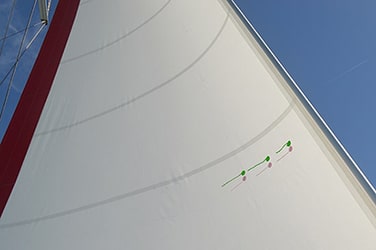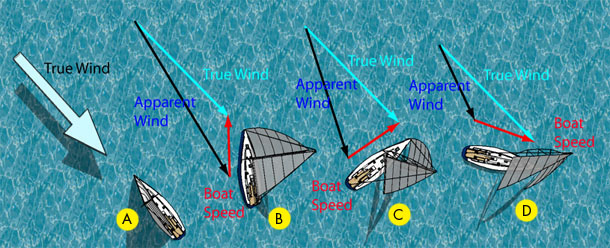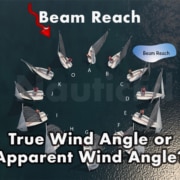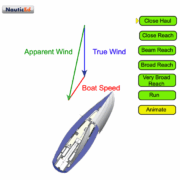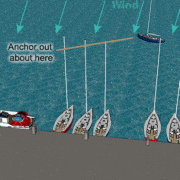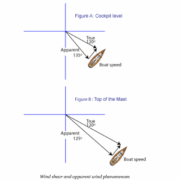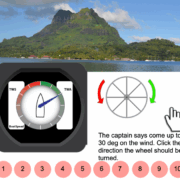Further elaboration of true vs apparent wind
There has been a request for further elaboration of the wind vectors as to why the true wind is always behind the apparent wind. Previously we used this diagram and the confusion is that the true wind vector is in front of the apparent wind vector.
The following diagram explains the vectors better perhaps. The answer is to look at the direction the arrows not their relative position on the diagram.
Fig A and B are the same. But now in Fig B it is easier to imagine standing on the boat and holding your arm out pointing to the direction of the wind that you feel (apparent wind). Then taking your arm and pointing further aft. This is the direction of the true wind. The rule is consistent. No matter which sail point you are on, the true wind is always behind (coming from further aft) than the apparent wind. Again, think of the car example in the previous blog on this topic.
This morming as I am writing this blog an intersting second example came up. A friend just called to ask if I’d like to play tennis. However, it is quite windy outside today (good day for sailing). In the mucho talk that proceeded, he said that he hits the ball so hard that the ball would not deflect very much in the wind. If his flabby muscles really could hit the ball that hard, then he is correct due to this true vs apparent wind discussion here. If the (true) wind is blowing from across the court, a faster moving ball feels less side wind and more wind from the front. A slower ball would feel more of the side wind and be affected more. As the ball travels, the true wind is coming from the cross court direction where as the apparent wind (what the ball feels) is from the direction of my flabby friend.
If you liked this article, please Share it or Digg it below. It helps spread the word of NauticEd.

